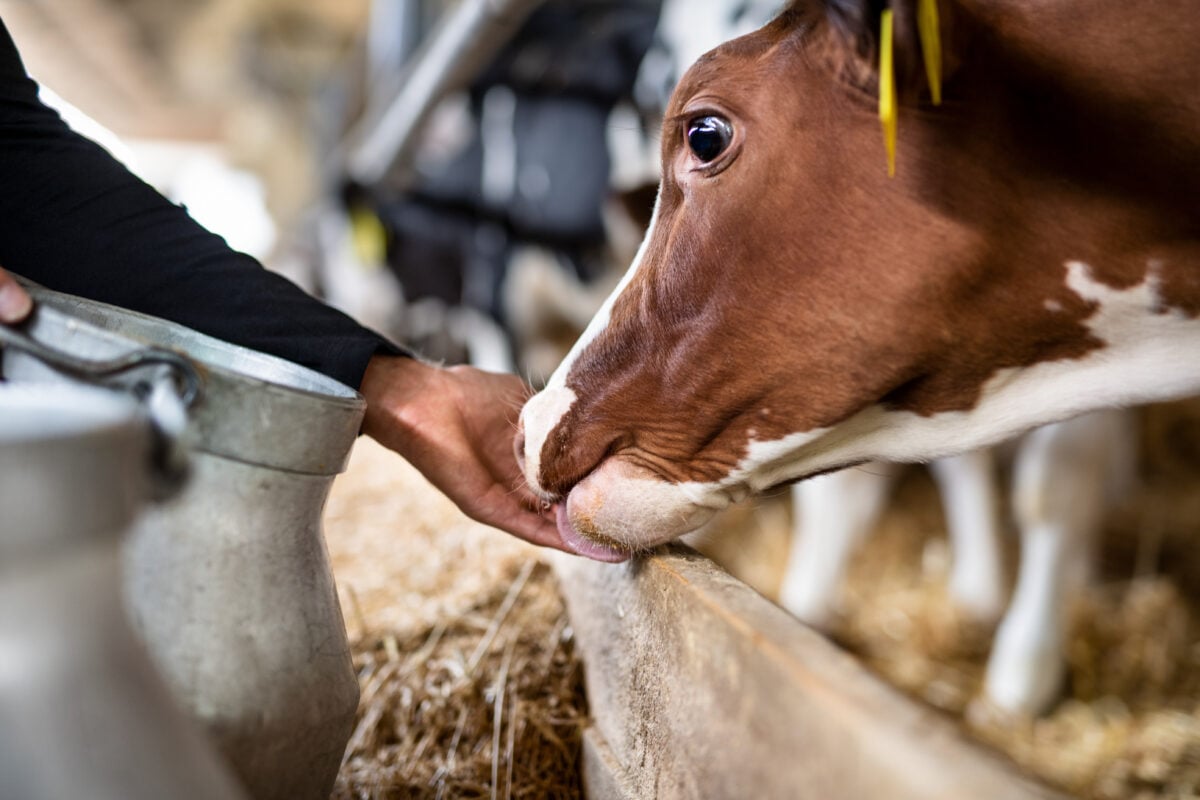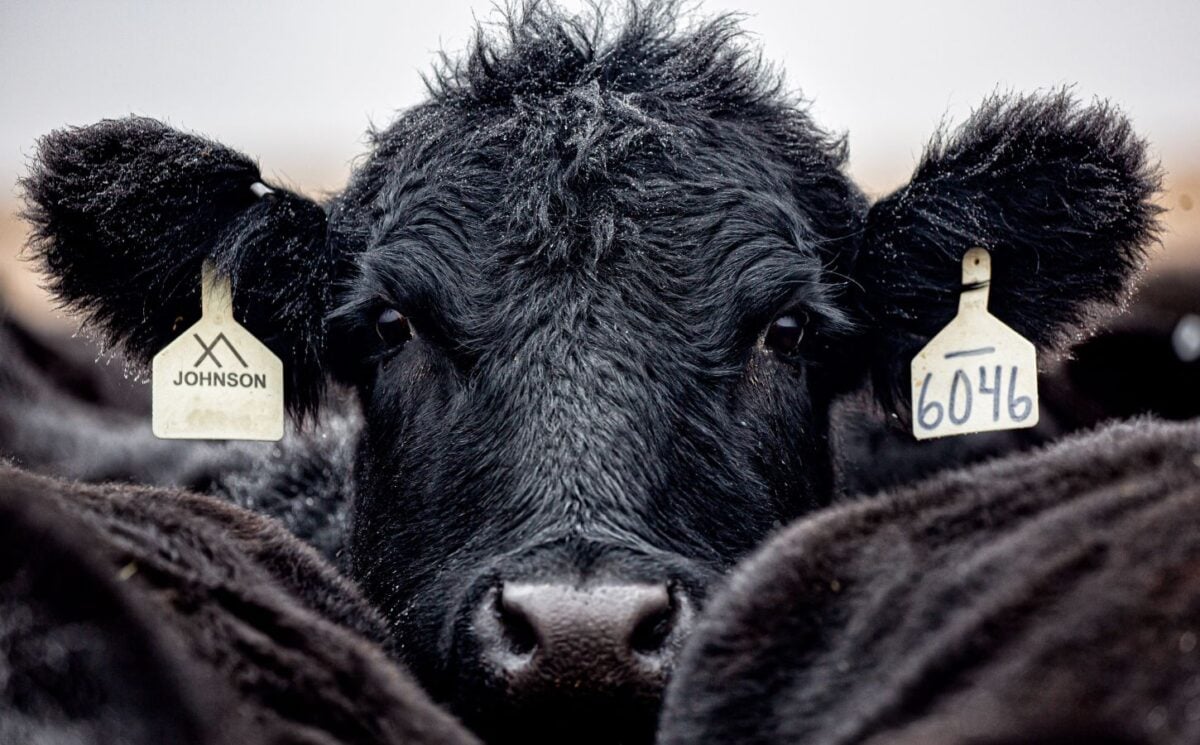An infectious disease expert and the US Centers for Disease Control and Prevention (CDC) have warned of more bird flu cases in the US following another human infection. This is the second human infection linked to an ongoing multistate outbreak of HPAI A(H5N1), or bird flu, in dairy cows.
Read more: Bird Flu In Dairy Cows: How Worried Should We Be?
The new patient – an agricultural worker on a Michigan dairy farm – experienced only mild symptoms and has now fully recovered. According to the CDC, a second infection does not change its current risk assessment for the general public, which remains low.
However, the CDC did take this opportunity to highlight its previously published list of recommended precautions for people who work with or are otherwise exposed to infected animals, whether cattle, birds, or other species, to mitigate the risk of transmission.
The CDC says that people should avoid “close, long, or unprotected exposures” to sick, dead, or symptomatic animals, including both wild and domesticated varieties. It notes that people should also avoid exposure to feces, bedding, and unpasteurized milk, which is now thought to be the primary vector for the bird flu outbreak amongst cattle.
According to the CDC, “similar additional human cases could be identified” in farm workers. Dr Amesh Adalja, an infectious disease expert at the Johns Hopkins Center for Health Security in Baltimore, Maryland, told the Guardian: “It’s likely that there will be several cases that emanate from exposure to infected cows and their milk amongst farm workers.
“The key thing is to make sure that testing is wide enough to capture them,” he added.
Read more: Major 20-Year Review Finds Plant-Based Diets Reduce Disease Risk
Is bird flu in dairy cows a cause for concern?

The ongoing outbreak is the first time bird flu has been found in cattle, ever.
According to the US Department of Agriculture (USDA), the H5N1 virus has now been detected in 52 dairy herds across nine states, with 15 herds in Michigan – the source of the latest infection – alone. While unpasteurized milk is the most likely vector for transmission, the FDA maintains that infection via pasteurized milk is “no concern.”
Some researchers and veterinarians have noted the government is taking too long to share hard data on viral changes and milk safety. While the CDC has been monitoring agricultural workers since the first reported human case, the agency has only tested around 40 people so far, according to the New York Times.
The latest human case is just the third-ever recorded H5N1 infection in the US, but due to bird flu’s high mortality rate and the likelihood of another zoonotic pandemic in the coming years, officials maintain that they are taking the possibility of further transmission seriously.
Two potential bird flu vaccines could be made available to the public quickly if required, and the US government has said it would be possible to ship out hundreds of thousands of doses within a few weeks. Officials also note that there are still no signs of mutation in the virus that would indicate it was becoming more transmissible between animals and humans.
Read more: Carnivore MD’ Says Carnivore Diet Negatively Impacted His Health






